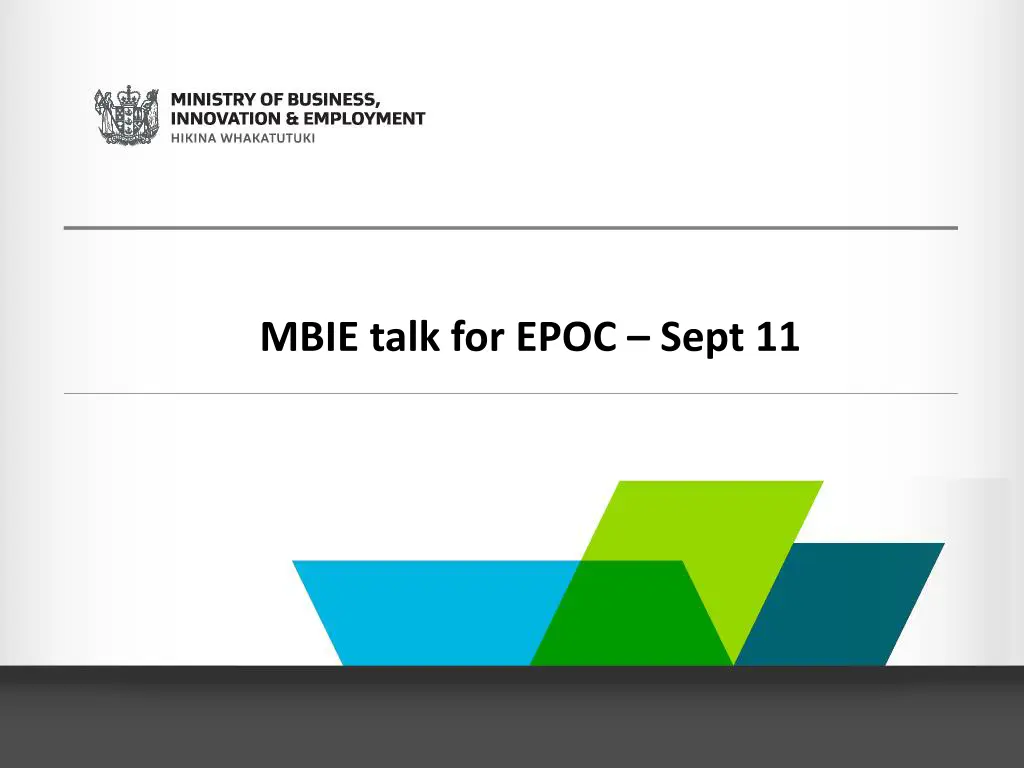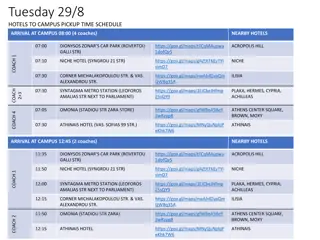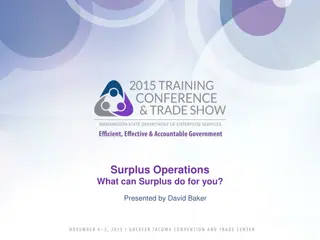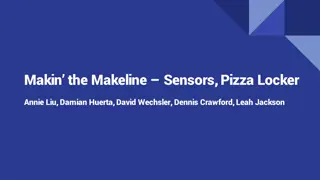
Influencing Policy through Economic Modelling: Past, Present, and Future Perspectives
Discover the evolution of economic modelling in shaping policy decisions, from centralized planning to competitive markets. Explore the complexities, perils, and successes of scenario modelling, emphasizing the importance of stakeholder engagement, model credibility, and understanding limitations for effective implementation.
Download Presentation

Please find below an Image/Link to download the presentation.
The content on the website is provided AS IS for your information and personal use only. It may not be sold, licensed, or shared on other websites without obtaining consent from the author. If you encounter any issues during the download, it is possible that the publisher has removed the file from their server.
You are allowed to download the files provided on this website for personal or commercial use, subject to the condition that they are used lawfully. All files are the property of their respective owners.
The content on the website is provided AS IS for your information and personal use only. It may not be sold, licensed, or shared on other websites without obtaining consent from the author.
E N D
Presentation Transcript
Or How modelling influences policy - or not (?)
A quick bit of history Pre 1987 - National electricity models central planning Central planning 5 year plan Least cost stochastic models Monte, Prism Objective function simpler optimal build pattern that minimises cost and least cost dispatch schedule. Mainframe computers 1987 adds SOEs WACC becomes important More sophisticated stochastic dynamic models Spectra Unix mini computers Within company models 1996 Contact split from ECNZ, 1999 ECNZ split Gaming models, portfolio/risk management Objective function now more complex, more dimensions to problem Fast PCs
Todays environment Competitive electricity market Companies optimising for profit maximisation What about national picture? Quasi equilibrium and equilibrium models, System dynamic models Very sophisticated models => many dependent assumptions Scenario modelling Fundamentally what has changed Older models simpler solve least cost problem for best future Today We explore different views or scenarios of the future But new uncertainties about climate and policy settings, technology and competitor behaviour Assumptions and interpretation become critical Image result for economic modelling cartoon
The perils of scenario modelling Today - a lot of emphasis goes into model development to create highly complex models with thousands of equations and variables. But the model is only as good as the input. Typically scenarios are developed to test different hypothesis One approach is to map scenarios out as the extreme points in some solution space e.g. EDGS Another is to pick likely future paths and compare. e.g. ICCC Usually, none have been optimised in the sense of a best or preferred plan, as would have been done under central planning. So care is needed in how you interpret and compare results.
How to get it right Get buy in on assumptions from stakeholders Ensure model is appropriate, understood and accepted before you start Engage with stakeholders, have credible results you can explain Know the limitations of the model and assumptions Image result for simulation cartoon
When has it gone right The ICCC Accelerated Electrification report provides a good example of recent success. Get buy in on assumptions from stakeholders Had extensive consultation with key stakeholders during process through working group Ensure model is appropriate, understood and accepted before you start Largely, used existing accepted models with respected operators Engage with stakeholders, have credible results you can explain Engaged with key stakeholders to work through results and gain feedback before public release Know the limitations of the model and assumptions Was careful not to go beyond model capabilities
When has it gone wrong The Wolak Report (2009) and TPM CBA are good examples. Get buy in on assumptions from stakeholders Nope Ensure model is appropriate, understood and accepted before you start TPM (2019) CBA is a radical change from previous, Wolak model did not have appropriate counter-factual - capped at thermal peaker SRMC Engage with stakeholders, have credible results you can explain Both talked, but critics argue they didn t listen. TPM 0-$6.4 m range ? Know the limitations of the model and assumptions Wolak model did not account for NZ water values, TPM (2016) model had serious flaws. TPM (2019) still being evaluated.
So why does this matter Many policy decisions rely on analytical support. Getting the modelling wrong can undermine the policy. This was the case with Wolak s report and TPM (2016) And as a result achieving good policy becomes more difficult - like herding cats.










